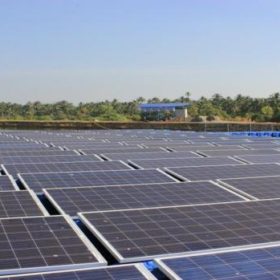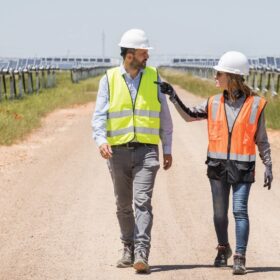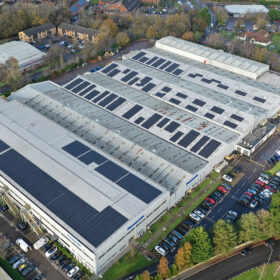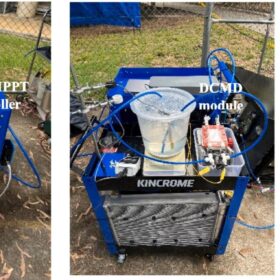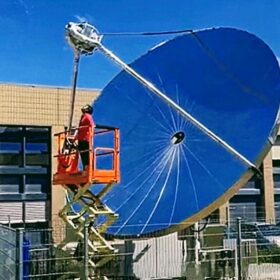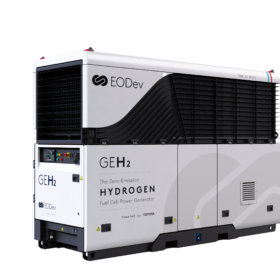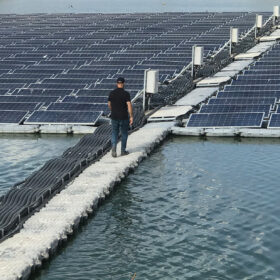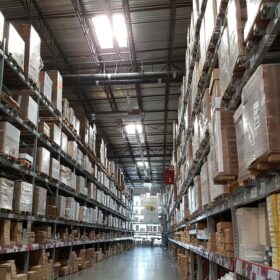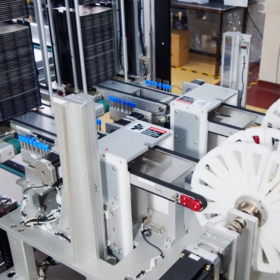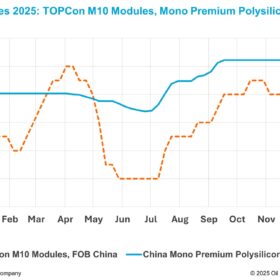Refex Green Power sets up subsidiary to set up 100 MW NTPC solar project
Refex Solar SPV Five will develop a 100 MW solar power project for power supply under a 25-year power purchase agreement with NTPC.
A record third quarter for U.S. clean energy installations
Over 10 GW of clean power was activated across the United States in Q3 2024, setting a new record.
Panasonic powers UK factory with solar-driven hydrogen fuel cell generators
Panasonic has launched a solar-powered hydrogen fuel cell project at its factory in Cardiff, Wales, with the microwave assembly now operating on renewable energy.
Desalination system based on PVT-driven membrane distillation
Scientists have designed a PVT-driven direct contact membrane distillation system for off-grid applications. The system is intended for desalination purposes in remote areas.
Ensuring the success of solar installations
While solar EPC projects present immense opportunities, they also face challenges that require strategic navigation, including risk management, regulatory compliance, and stakeholder coordination.
TKIL Industries enters green hydrogen in alliance with Switzerland’s SoHHytec
TKIL Industries will be SoHHytec’s exclusive partner in India to manufacture and supply specific equipment as well as implement and install direct solar-to-green hydrogen projects.
The Hydrogen Stream: Greenzo Energy, EODev partner to launch Toyota hydrogen fuel cell-powered generators in India
Greenzo Energy will introduce EODev’s emission-free generators powered by Toyota hydrogen fuel cell technology in India and Nepal. This long-term partnership also includes provisions for local assembly of EODev products by Greenzo Energy.
DVC launches 234 MW floating solar tender
Damodar Valley Corp. (DVC) is accepting bids to set up a 234 MW (AC) grid-tied floating solar PV plant on DVC’s Maithon Dam Reservoir in Jharkhand. Bidding closes on Jan. 7.
Worker charged following alleged theft of 8,000 solar panels
An employee of a solar company based in western Sydney has been charged after allegedly stealing, and then selling, $1.2 million worth of solar panels.
New sodium-ion developments from CATL, BYD, Huawei
Sodium-ion batteries are undergoing a critical period of commercialization with Chinese cleantech juggernauts actively working on their products.
